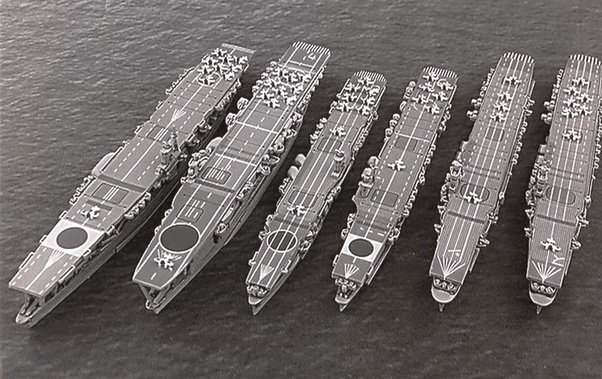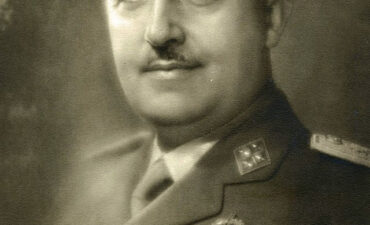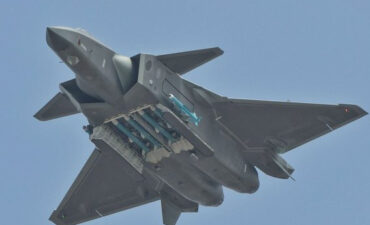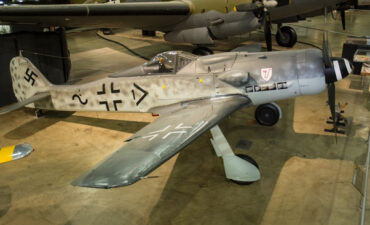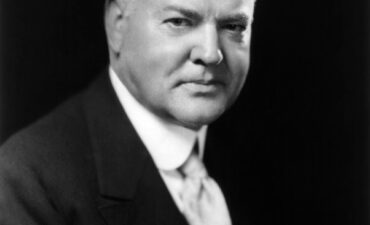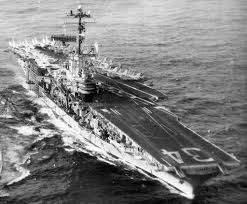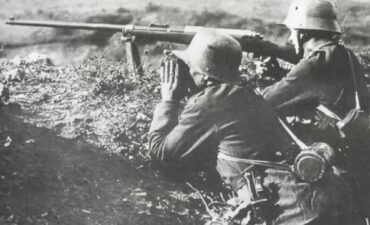Did Japan make a mistake by building too many battleships instead of carriers during World War II?
Did Japan make a mistake by building too many battleships instead of carriers during World War II? Yes, Japan’s emphasis on battleships over aircraft carriers during World War II is often considered a strategic mistake, especially in hindsight. Here’s why:
Changing Nature of Naval Warfare:
By the time of World War II, naval warfare had shifted significantly. Aircraft carriers, with their ability to project air power across vast distances, had become more strategically important than battleships. Battleships, which were traditionally the centerpiece of naval fleets, were becoming vulnerable to air attacks. Japan, having one of the largest and most powerful navies at the start of the war, initially failed to fully grasp this shift.
Pearl Harbor and Midway:
The attack on Pearl Harbor in 1941 demonstrated the power of aircraft carriers in delivering long-range attacks. However, the Battle of Midway in 1942 is where Japan’s over-reliance on battleships was more clearly exposed. Despite having a strong fleet, Japan’s aircraft carrier losses during the battle, particularly four major carriers, marked a turning point in the Pacific War. Japan couldn’t replace its carriers and pilots as quickly as the U.S., which further hampered their naval power.
Yamato Class Battleships:
Japan invested heavily in super battleships like the Yamato and Musashi, which were the largest battleships ever built. While they were incredibly powerful, they were also expensive, slow, and had limited operational range. Both battleships were eventually sunk by aircraft, illustrating that their massive firepower was of little use when they couldn’t defend against air attacks. Japan’s decision to build and maintain these battleships instead of focusing on carriers spread their resources thin.
Lack of Focus on Aircraft and Pilot Training:
Japan did have a strong carrier force early in the war, such as in their initial Pacific offensives, but their training programs for replacement pilots and naval aviators lagged far behind those of the United States. The U.S. was able to rapidly produce both aircraft and trained pilots, which gave them an advantage as the war progressed.
In summary, while battleships were symbols of naval power in the early 20th century, Japan’s focus on them at the expense of aircraft carriers was a strategic miscalculation. The U.S., which shifted more decisively towards aircraft carriers and naval aviation, was able to dominate the Pacific Theater as a result.
